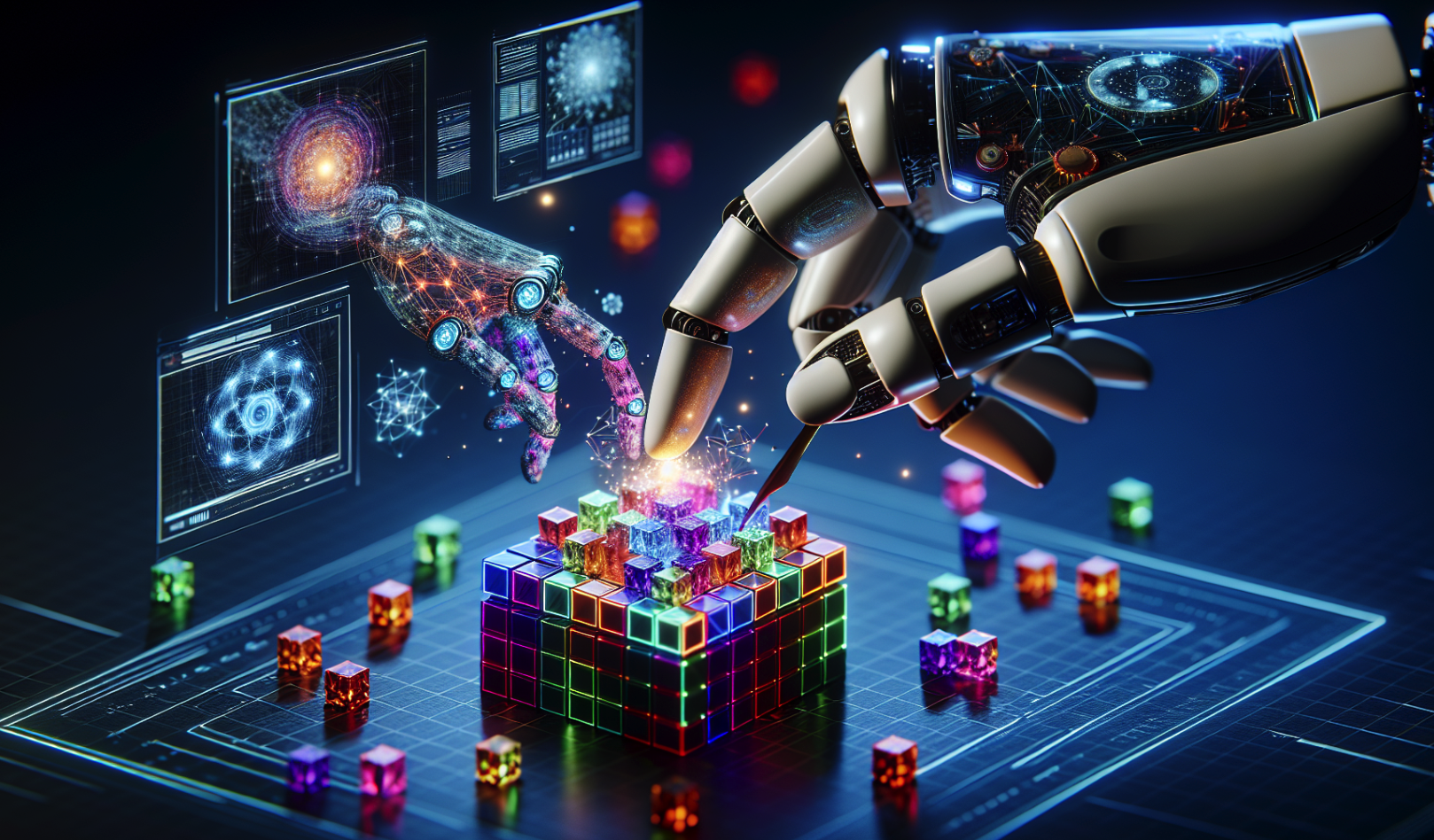Generative AI epitomizes a revolutionary frontier within the realm of artificial intelligence, wherein algorithms are meticulously crafted to conjure new content rather than merely scrutinizing pre-existing data. This transformative technology has undergone remarkable evolution, establishing itself as an indispensable force across myriad sectors.
Definition of Generative AI: At its core, Generative AI refers to systems that can generate text, images, music, and more, mimicking human creativity.
Brief History: The journey began in the mid-20th century with simple generative models and has progressed to sophisticated neural networks like GANs (Generative Adversarial Networks) and transformers.
Importance: In today’s digital landscape, these tools are crucial for enhancing creative processes, optimizing workflows, and enabling automation.
Evolution of Generative AI
Types of Generative AI Tools
Generative AI tools can be broadly delineated based on their functionalities. Here’s an in-depth exploration of the diverse offerings within this domain:
Text Generation: Tools like GPT-4 and ChatGPT excel at creating coherent and contextually relevant text, making them ideal for content creation, customer support, and more.
Image Generation: Platforms such as DALL-E and Midjourney transform textual descriptions into stunning visuals, revolutionizing graphic design and art.
Music Creation: Tools like OpenAI’s MuseNet generate original compositions, catering to musicians and content creators alike.
Video Generation: Emerging tools are beginning to create video content, although this area is still developing.
Categories of Generative AI Tools
Generative AI Tools
| Categories of Generative AI Tools | Rate(%) |
|---|---|
| Text Generation | 30% |
| Image Generation | 25% |
| Music Creation | 20% |
| Video Generation | 25% |
Comparative Analysis of Popular Generative AI Tools
Navigating the expansive terrain of Generative AI necessitates an understanding of the strengths and weaknesses inherent in each tool. Herein lies a comparative analysis of several prominent options:
Comparative Analysis of Popular Generative AI Tools
| Tool Name | Type | Pros | Cons |
|---|---|---|---|
| GPT-4 | Text Generation | High-quality text, versatile applications | Can generate misleading information |
| DALL-E | Image Generation | Creates unique visuals from text | Limited by the scope of input terms |
| MuseNet | Music Creation | Generates complex compositions | May lack emotional depth in music |
| Midjourney | Image Generation | Stunning artistic styles | Requires specific prompts for best results |
Use Cases: Each tool serves distinct industries:
- Marketing: Text generators for compelling ad copy
- Art:Image generators for original designs
- Music:Creative contributions to video games and film scores
Comparative Analysis of Popular Generative AI Tools
As the generative AI landscape flourishes, discerning the unique offerings of each tool empowers users to select the most suitable instrument for their projects. We delve into a detailed comparative analysis of three notable generative AI tools: ChatGPT, DALL-E 2, and Runway ML.
| Tool Name | Type | Pros | Cons |
|---|---|---|---|
| ChatGPT | Text Generation | - High-quality conversational abilities- Versatile for various applications (e.g., marketing, customer support)- Continuous learning for improved responses | - Can generate inaccurate or biased information- Limited context retention in long conversations |
| DALL-E 2 | Image Generation | - Ability to create detailed images from textual descriptions- High creativity and artistic styles- Versatile in generating various art forms | - Limited to the quality of the input prompt- May struggle with complex scenes or abstract concepts |
| Runway ML | Video Generation | - User-friendly interface for video editing- Integrates machine learning for enhanced video effects- Allows for real-time collaboration | - Still evolving in capabilities compared to text/image tools- Requires a good understanding of video production principles for best results |
ChatGPT: Revolutionizing Text Generation
ChatGPT, a creation of OpenAI, is celebrated for its conversational dexterity. It employs advanced natural language processing to generate text that closely resembles human discourse, making it ideal for applications ranging from customer service to content creation.
Strengths:
- Contextual Understanding: ChatGPT excels in understanding context, allowing for nuanced conversations.
- Adaptability: It can be fine-tuned for various industries, enhancing its relevance.
Weaknesses:
- Misinformation Risk: Users must be cautious as it can inadvertently produce misleading or incorrect information.
Example Use Cases:
- Marketing: Crafting compelling ad copy.
- Education: Assisting with tutoring and homework help.
DALL-E 2: Artistry in Image Generation
DALL-E 2, also from OpenAI, transcends conventional boundaries of creativity by generating images from textual prompts. Its capacity to produce imaginative visuals distinguishes it within the generative art sphere.
Strengths:
- Creativity: Excels in producing unique and aesthetically pleasing images.
- Versatility: Suitable for various artistic styles and formats.
Weaknesses:
- Input Sensitivity: The quality of output heavily depends on the clarity and specificity of the input prompt.
Example Use Cases:
- Graphic Design: Creating original artwork for branding and marketing.
- Entertainment: Visual concept art for games and films.
Runway ML: Innovating Video Generation
Runway ML emerges as a generative AI tool specifically designed for video content creation. It harnesses machine learning to revolutionize the video editing landscape, rendering it accessible to creators of all skill levels.
Strengths:
- User-Friendly: Intuitive interface designed for easy navigation.
- Collaboration: Supports real-time collaboration among team members, enhancing the creative process.
Weaknesses:
- Development Stage: Compared to text and image generation, it is still maturing in functionality.
Example Use Cases:
- Film Production: Streamlining post-production processes with AI-enhanced effects.
- Social Media: Creating engaging video content for platforms like Instagram and TikTok.
Conclusion
Each of these generative AI tools presents unique capabilities tailored to diverse creative needs. ChatGPT excels in text generation, DALL-E 2 shines in imaginative visual artistry, and Runway ML is carving its niche in video production. Understanding their strengths and limitations equips users to leverage these tools effectively.





